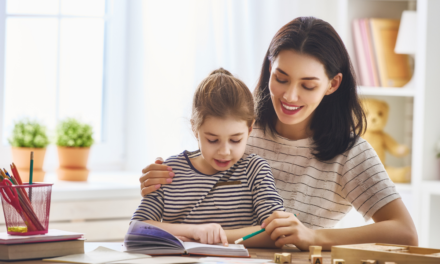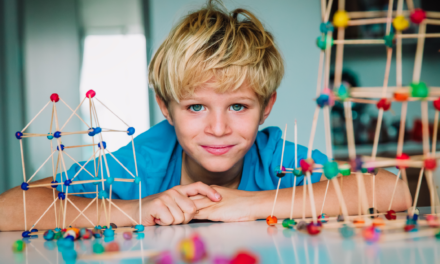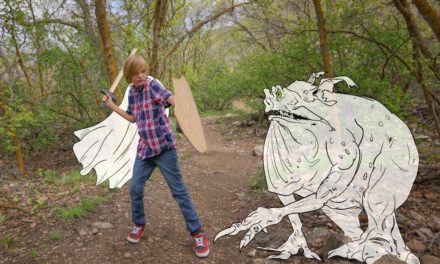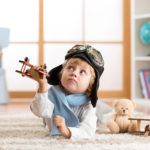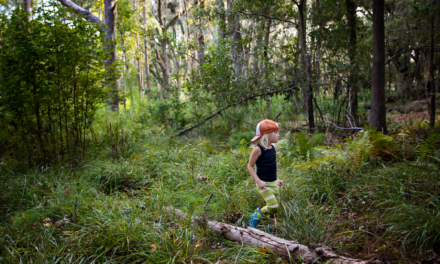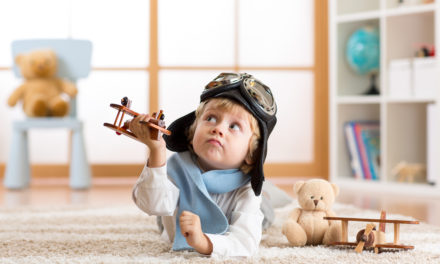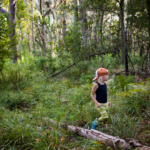
How is adult creativity linked with childhood play?
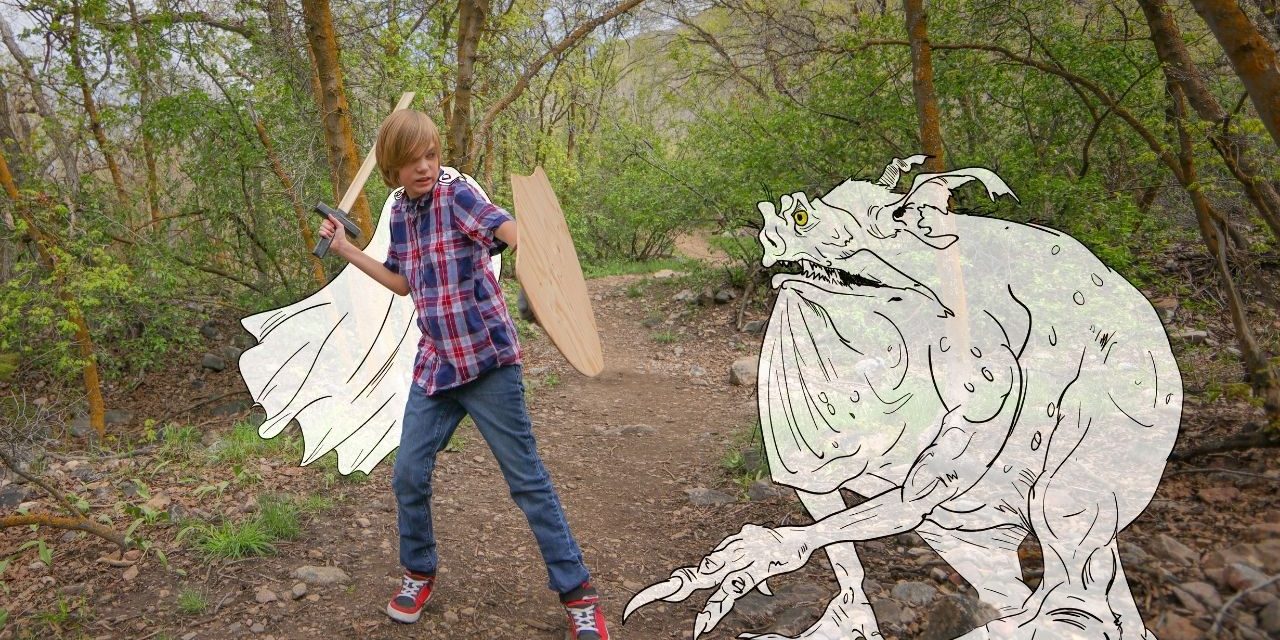
Adult creativity is multi-dimensional and so is childhood pretend play. So, what could be the link in the process of creative thinking as product of childhood play?
Pretend Play is a form in which children express their emotions. Whatever emotion they choose to depict whether negative or positive, they are comfortable with it when they are in a pretend play zone.
Let’s say in real life when a child displays a negative emotion of anger, sadness, fear or disgust in front of others; he usually gets a reaction of denial, conflict or shame. Whereas in the world of pretend play he feels safe and confident to express his negative emotion.
You will see this when his play is heavy on thoughts and images that contain emotional content, his play will be filled with monsters, vampires, witches and war games.

Psychologists have viewed play as a symbolic behavior that stems from emotional and motivational issues. The child views this emotional laden play setting of fighting monsters and witches as challenging and tension focused as well as an experience that is filled with the joy and pleasure of creative problem solving.
In the same play situation when the child is involved in creative problem solving, he enters a zone famously coined as “Flow” by Csikszentmihalyi. Flow is when we are downright engaged in a creative task and lose track of time.
Being in the state of flow while doing our work is considered as a productive and effective problem-solving skill one can possess. This is easily achieved by a child in play.
This pleasure of solving a problem (fighting a monster) with an emotional expression (anger /fear) without adult judgement (behavioral conflict) while being a state of flow is a joyful experience for the child.
It is this joyful experience felt in childhood is what the adult tries to recapture in his adulthood. The desire to express this deep pleasure is a motivating force for adult creativity.
Pleasure in facing a challenge and overcoming it is intricately related to how the child expressed, played and overcame any tension-oriented situation in his childhood play.
How well is your child’s emotion integrated into the fantasy of play determines how he deals with emotions.
Does he express his intense anger when narrating his monster and war games play story?

Is he regulating his emotions amply so that he stays in his play story-setting and still resolves his conflicts?
Psychoanalytical theorists have viewed play as a medium through which children can express negative emotions and slowly process them.
Children use play to achieve mastery over handling everyday conflicts and traumatic events.
The habit of using play in early childhood and later the habit of using fantasy and thought in older childhood, helps the child to think about problems and negative emotions and could help to set the stage for adult creativity.


